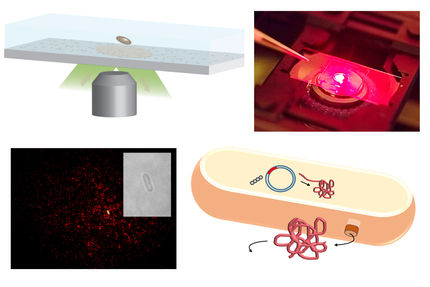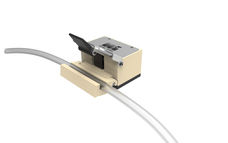'Nanosprings' offer improved performance in biomedicine, electronics
Advertisement
Researchers at Oregon State University have reported the successful loading of biological molecules onto "nanosprings" – a type of nanostructure that has gained significant interest in recent years for its ability to maximize surface area in microreactors. The findings, announced in the journal biotechnology Progress , may open the door to important new nanotech applications in production of pharmaceuticals, biological sensors, biomedicine or other areas.
"Nanosprings are a fairly new concept in nanotechnology because they create a lot of surface area at the same time they allow easy movement of fluids," said Christine Kelly, an associate professor in the School of Chemical, Biological and Environmental Engineering at OSU.
"They're a little like a miniature version of an old-fashioned, curled-up phone cord," Kelly said. "They make a great support on which to place reactive catalysts, and there are a variety of potential applications."
The OSU researchers found a way to attach enzymes to silicon dioxide nanosprings in a way that they will function as a biological catalyst to facilitate other chemical reactions. They might be used, for instance, to create a biochemical sensor that can react to a toxin far more quickly than other approaches.
"The ability to attach biomolecules on these nanosprings, in an efficient and environmentally friendly way, could be important for a variety of sensors, microreactors and other manufacturing applications," said Karl Schilke, an OSU graduate student in chemical engineering and principal investigator on the study.
The work was done in collaboration with the University of Idaho Department of Physics and GoNano Technologies of Moscow, Idaho, a commercial producer of nanosprings. Nanosprings are being explored for such uses as hydrogen storage, carbon cycling and lab-on-chip electronic devices. The research was also facilitated by the Microproducts Breakthrough Institute, a collaboration of OSU and the Pacific Northwest National Laboratory.




















































